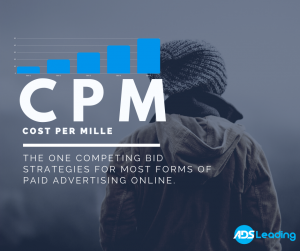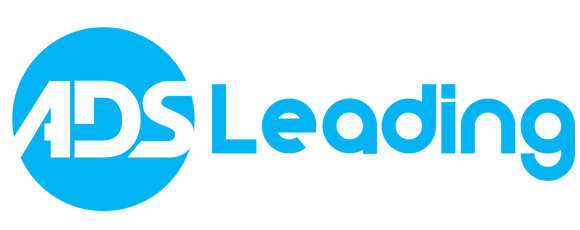Introduction to Pricing Models
When it comes to advertising and marketing, there are different pricing models to choose from. Each pricing model has its own unique set of advantages and disadvantages, making it important to understand the different models to make an informed decision about the best option for your business. In this article, we will discuss the CPC, CPA, and CPM pricing models, their key differences, and provide real-life examples to help you understand which model is best for your business.
CPC (Cost Per Click) Model (h2)
The CPC model, also known as the Cost Per Click model, is a pricing model where the advertiser pays each time a user clicks on their ad. This model is best suited for businesses that want to drive traffic to their website or landing page. In this model, the advertiser only pays when a user clicks on their ad, which makes it a cost-effective option for businesses that want to generate leads or drive sales.
For example, let’s say a business wants to advertise on Google Ads and has a budget of $500 for the month. The business decides to use the CPC model and sets a maximum bid of $1 per click. This means that the business will pay $1 every time a user clicks on their ad. If their ad receives 500 clicks during the month, the business will have spent their entire $500 budget.
CPA (Cost Per Action) Model
The CPA model, also known as the Cost Per Action model, is a pricing model where the advertiser pays each time a user takes a specific action on their ad, such as filling out a form, making a purchase, or downloading an app. This model is best suited for businesses that want to drive conversions and sales. In this model, the advertiser only pays when a user takes a specific action on their ad, making it a cost-effective option for businesses that want to generate leads or drive sales.
For example, let’s say a business wants to advertise on Facebook and has a budget of $500 for the month. The business decides to use the CPA model and sets a maximum bid of $10 per action. This means that the business will pay $10 every time a user fills out a form on their ad. If their ad receives 50 form submissions during the month, the business will have spent their entire $500 budget.
CPM (Cost Per Impression) Model
The CPM model, also known as the Cost Per Impression model, is a pricing model where the advertiser pays each time their ad is displayed 1000 times. This model is best suited for businesses that want to increase brand awareness and reach a large audience. In this model, the advertiser pays each time their ad is displayed, making it a cost-effective option for businesses that want to increase brand awareness and reach a large audience.
For example, let’s say a business wants to advertise on YouTube and has a budget of $500 for the month. The business decides to use the CPM model and sets a maximum bid of $5 per 1000 impressions. This means that the business will pay $5 every time their ad is displayed 1000 times. If their ad is displayed 50,000 times during the month, the business will have spent their entire $500 budget.
Comparison Table of Pricing Models
| Pricing Model | Best Suited For | Advantages | Disadvantages |
|---|---|---|---|
| CPC (Cost Per Click) | Driving traffic and generating leads | Cost-effective for businesses with a specific goal in mind (e.g. driving traffic, generating leads) | Higher cost per click can lead to higher overall cost |
| CPA (Cost Per Action) | Driving conversions and sales | Cost-effective for businesses with a specific goal in mind (e.g. driving conversions, generating sales) | Can be more difficult to reach a desired action (e.g. making a purchase) |
| CPM (Cost Per Impression) | Increasing brand awareness and reaching a large audience | Cost-effective for businesses with a goal of increasing brand awareness and reaching a large audience | Can result in a higher overall cost if ad is not optimized for impressions |
Conclusion
In conclusion, each pricing model has its own unique set of advantages and disadvantages. It’s important to understand the key differences between CPC, CPA, and CPM models to make an informed decision about the best option for your business. Whether you want to drive traffic, generate leads, increase conversions, or reach a large audience, there is a pricing model that will best suit your needs. Consider your business goals and budget when choosing a pricing model to ensure maximum return on investment.

